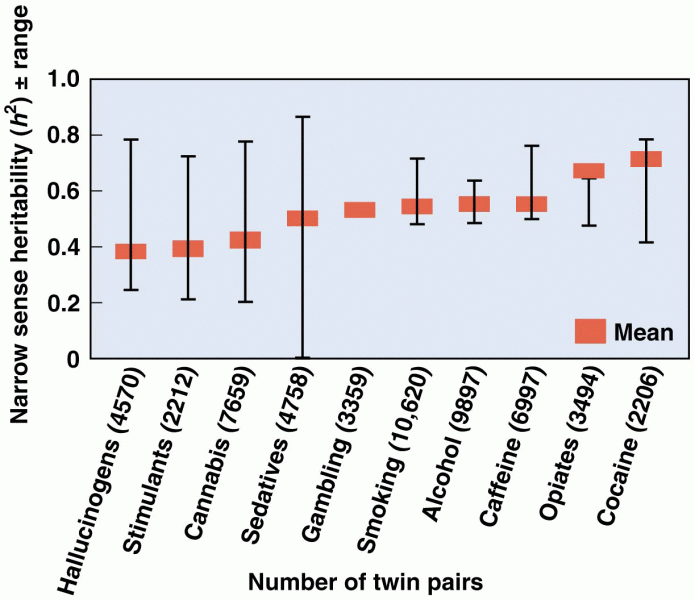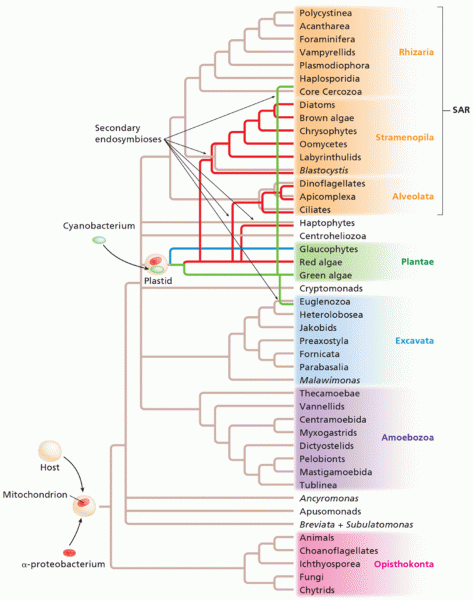Answer to Question 1
For male primates, sexual behavior involves a sequence of three steps: location and appraisal of potential partners; exchange of signals of mutual interest; and tactile interactions that set the stage for sexual intercourse. Voyeurism, exhibitionism, and frotteurism in humans may represent aberrant versions of these basic processes.
Answer to Question 2
The treatments that are used for paraphilias have unique problems and limited success. Perhaps at the heart of the problem is that most individuals labeled as paraphilias do not feel that they are in need of therapy. They are being asked to undergo some very unpleasant procedures in order to forgo pleasurable behaviors. Often they are in therapy via court order. Several procedures known as aversion therapy illustrate this problem. Aversion therapies live up to their name. They are an attempt to pair unpleasant sensations, like nausea, with the stimuli that the client finds inappropriately attractive and sexually arousing, such a children. It is hoped that in future the stimuli, i.e., the children, will elicit the unpleasant sensation, like nausea, rather than sexual arousal. This goal is somewhat questionable ethically. Cognitive behavioral strategies have also been used as treatment for paraphilias. These procedures attempt to change both the clients' attitudes and beliefs through logic and debate and to teach them social and interpersonal skills that they may be lacking through a straightforward process of education and practice. Unfortunately all procedures lack empirical evidence of efficacy. One large evaluation project, California's SOTEP, is mentioned in the textbook; this was a controlled study that compared a comprehensive treatment program that included cognitive therapy, skills training, relaxation, relapse prevention, etc., with a control group. The results indicated no significant difference between the therapy group and the control group.







